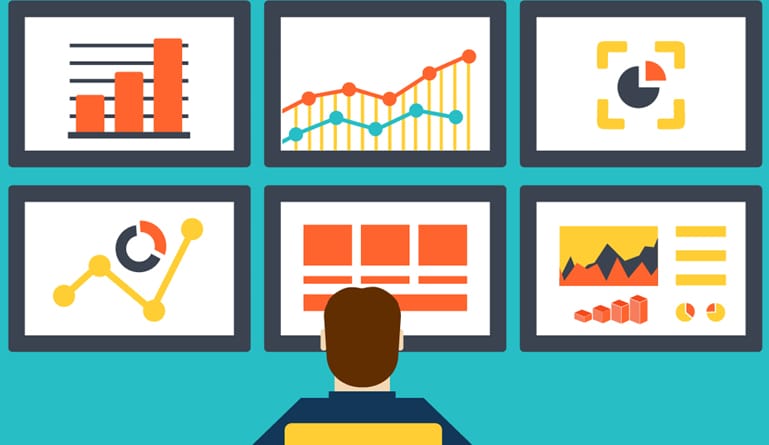What to know about real-time analytics for your brand.
What is real-time analytics, and can it benefit your business?
With the advancements in business technology, big data continues to have an enormous impact on decision making at every level of business. Capturing data in real-time, and being able to analyze it, is becoming increasingly possible for many industries. It can have a real influence on how brands can react to, respond to, and problem solve anything from customer service to logistics to supply and demand.
What is Real-Time Analytics?
Analytics is just the process of looking at and interpreting data. Traditionally, analytics has had a built-in lag time while most reporting platforms needed time, up to 24 hours, to sift through the previous data and interpret it meaningfully – in percentages, charts, graphs, and other statistical measures.
Real-time analytics differs in that it is, as the name suggests, accessible in real-time – as the data is being pulled, it is being simultaneously (or shortly thereafter) interpreted for users. Having access to this real-time big data analytics technology is an advantage for businesses who want to be more agile, more proactive in decision making, and more easily able to solve problems at any level.
Real-Time Analytics Examples
There are several different ways that businesses can utilize real-time analytics platforms, across several different industries.
- Businesses in the transportation industry can use real-time analytics tools to track anything from weather – which might affect their transport routes – to the actual drive times and distances, which businesses can use to craft more efficient routes to save themselves time and money.
- Media publishing companies have gotten increased access to real-time analytics that allows them to track what content is being shared, how, and when. This helps them shape and tweak their content calendar and distribution methods as they’re publishing, rather than having to adhere to a pre-determined calendar – they can instead respond to their users in real time.
- Another current analytics best practice is to use real-time technology in the manufacturing and production industries. This kind of as-its-happening data that’s being made available to the leadership in these spaces allows for better decisions to be made when it comes to many things, from what processes can be automated for more efficiency to planning long-term supply and warehousing of product.
- Additionally, some companies are using real-time analytics to enhance their customer relationships or create more positive customer interactions and experiences. Some CRM programs are a sort of real-time analytics that gives salespeople or customer service representatives access to up-to-date information about anything a business would need to know about their client – from current number of employees to last purchase made to average purchase price, and a wealth of other information that a user can access during a business-customer interaction to be able to make better decisions. Some businesses are using real-time technology to provide more personalized experiences for their customers in interactions like online help chats.
- In an employee-employer relationship, a real-time analytics dashboard can provide leadership and management with insights into their employees’ behavior – from calls taken to calls made to chats received to emails sent to sales closed – and allow them to adjust their daily goals and strategy on the fly throughout the business day.
Data is moving faster every day, and businesses need to keep up. Having the insights that real-time analytics provide can keep businesses competitive and flexible in an increasingly determined and data-driven marketplace.





